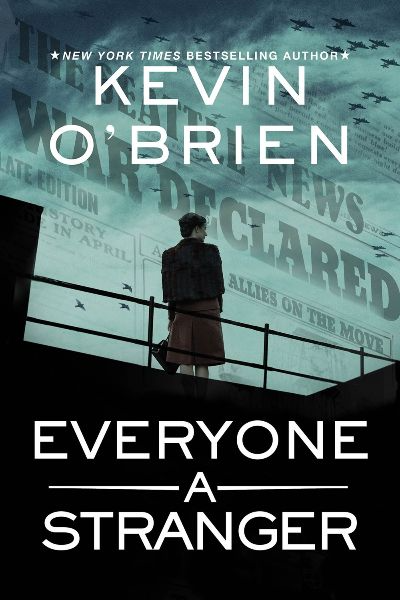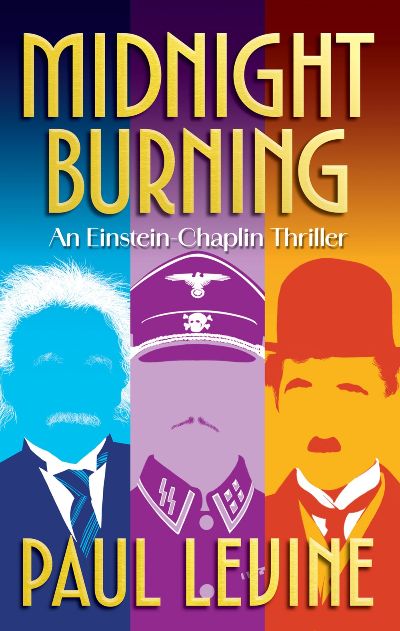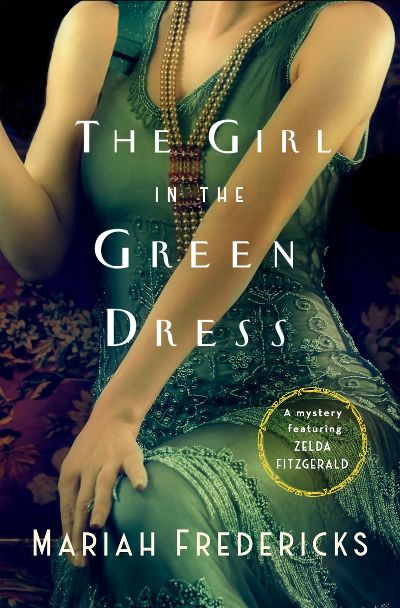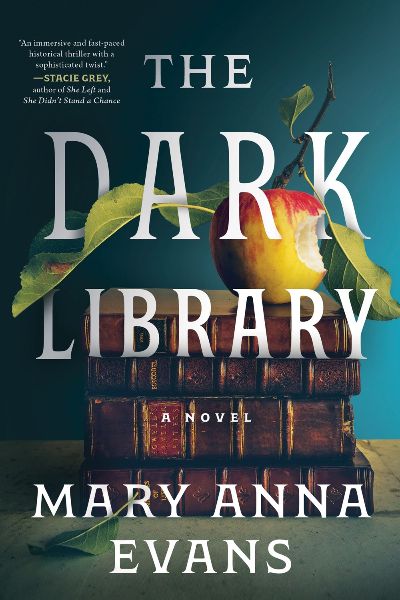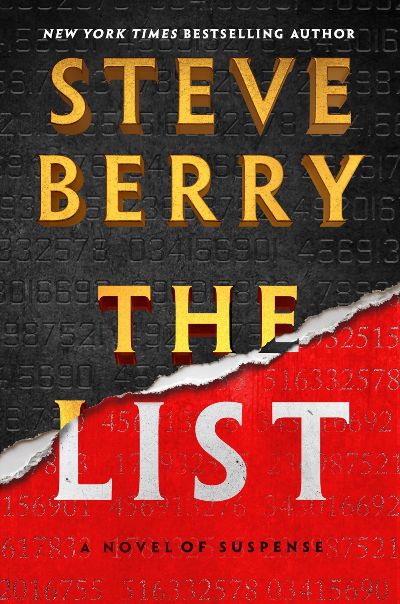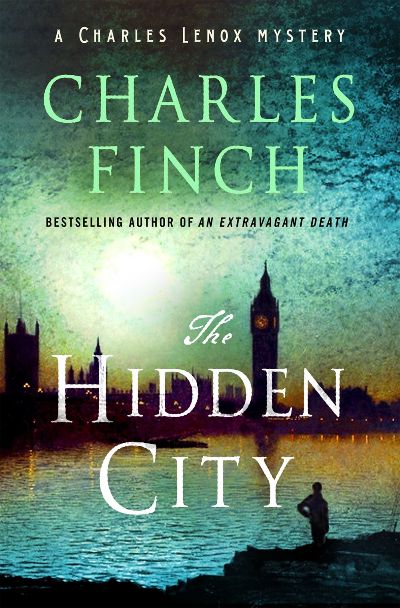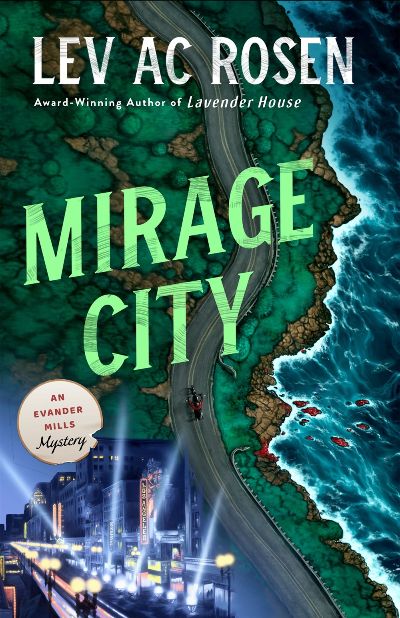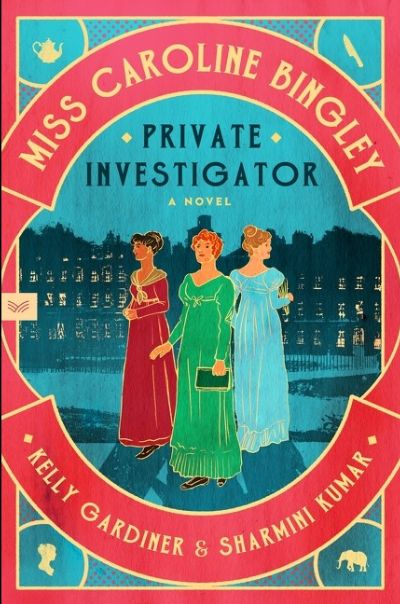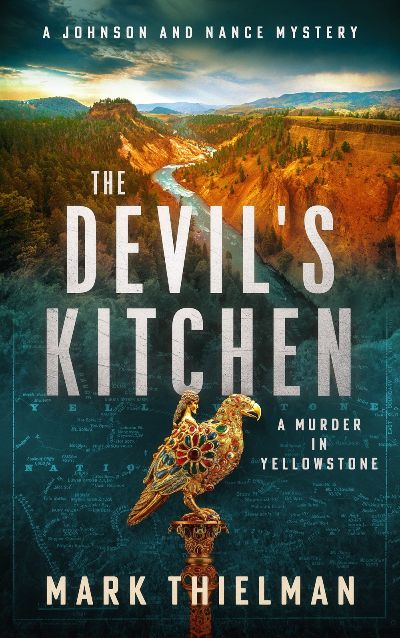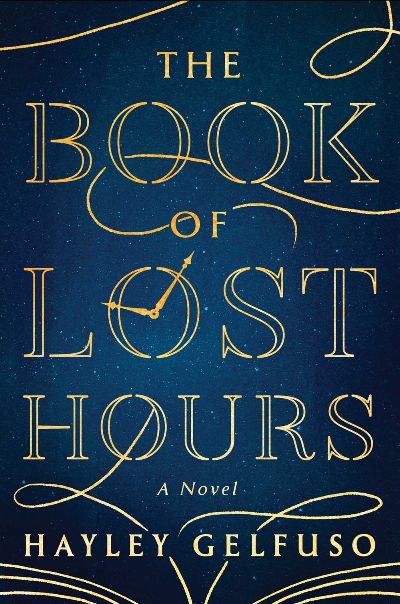Virginia Abrams lives in Washington, D.C., in 1943, and her husband has died overseas in the Pacific. The son of a prominent Senator attacks her, resulting in an unwanted pregnancy. When the son dies, his powerful parents decide to keep Virginia quiet by arranging to have her killed. Barely escaping, Virginia hops on a train and ends up on the other side of the country in Seattle. Under the identity of Ginny Moore, she rents an apartment and secures a job as a personal secretary to a well-established mystery author. But she can’t escape the feeling that the senator’s henchman will find her. When a young mom who looks almost identical to Ginny dies in what seems like an accidental fall, she starts to question everyone around her. Can anyone be trusted? At the height of WWII, when spies and traitors lurk around every corner, the paranoia escalates above a 10 in O’Brien’s latest thriller. In a story that feels like O’Brien traveled back in time and stole the manuscript straight from Alfred Hitchcock’s desk, Ginny’s struggle to find solace will have readers keeping their lights on while reaching for tissues. Everyone a Stranger is arguably the author’s best novel to date.
Historical
Charlie Chaplin and Albert Einstein met in real life. Here that short interaction is included—the author has done his research, big time—but as part of a fictional steadfast friendship between the two that’s filled with loving banter and crime solving. The series debuts in 1937 as the scientist and actor are older, well-known figures. Chaplin is considering a movie that will lampoon Hitler (his real film The Great Dictator) and Einstein is teaching at Caltech and following with dread and guilt the development of a devastating weapon, the atom bomb, enabled by his work. When Nazis visit LA as part of a propaganda effort and all signs point to looming danger, the friends team up with Georgia Ann Robinson, the first Black female detective in LAPD history (also a real person), to thwart the plans. Antisemitism and racism are given lurid front seats here, with both shown as grotesque blights on our world. Readers will readily see parallels with white-nationalism today, making this a timely and ire-provoking read. They will also learn a great deal about Chaplin (less about Einstein, though he’s still well fleshed out), with his ladies-man ways on full display along with his kindness and sharp wit. This series promises to mix fun capers with serious societal commentary and is one to watch out for.
As in her earlier novels (The Lindbergh Nanny, The Wharton Plot), Fredericks brings history to life through the eyes of a lesser mortal who is thrust into the world of the rich—and in this case, the notorious—and as in her previous works, succeeds brilliantly. Morris Markey is a New York Daily News journalist in the roaring twenties when he sees Joseph Elwell, a neighbor on the swanky side of their Manhattan street, escorted home by the mysterious woman of the book’s title, her dress resembling confetti made from money. He thinks little of it—the rich will be the rich, after all—until the next morning, when Elwell is found dead. Markey seeks help from a couple who know everyone and can get in anywhere: Scott and Zelda Fitzgerald, whose glamorous yet sad life is examined in emotional detail by Fredericks. Scott gets less limelight here than Zelda, whose desperation to be fascinating takes center stage and will engross readers. Authenticity shines from the page as the author provides tidbits from period journalism and other sources and recreates the forced frippery of the Fitzgeralds’ sometimes-mean bon mots. A real world is carefully created around the question of who the girl in the green dress is, whether she killed Elwell, and how far into the Fitzgeralds’ glitzy world a working man dares go. For a great pairing, try this alongside Avery Cunningham’s The Mayor of Maxwell Street.
This old-fashioned gothic thriller (appropriate since our lead character has a PhD specializing in that genre) is set in WWII-era academia in New York’s Hudson Valley. Estella, or E as she prefers to be called, has been summoned home by Annie, the family retainer, because E’s mother has gone missing. In the time it takes E to pack up her life in Boston and return, her father has a stroke, can no longer communicate, and dies within days. Despite her Yale degree, the fusty local college where her father held sway employs E as a research assistant, typing for the male faculty members. The tiny salary requires E and Annie to live in penury in E’s parents’ elaborate house, all the while searching for clues to her mother’s whereabouts. Dragging the river finds a body of a missing student from years before, and persistence eventually finds a clue that leads to finding E’s mother. A suicide, unexpected allies, false and true friends, and bitter revelations about the past and present all lead to the dramatic “act of God” ending that such a story requires. Great fun!
Berry delivers a novel unlike anything he’s ever done before. Rather than exploring history, this one takes pieces of John Grisham’s The Firm and mixes them with the business aspects of a Joseph Finder novel and storytelling elements from David Baldacci. Brent Walker left his hometown and the woman he loved ten years ago, and now he’s come back to help his sick mom. He takes a job at the small-town paper mill in a legal role beneath his level of expertise to oversee their negotiations with the local union. The company’s management is not trustworthy, and more than doctoring the financials, they have created a list, and the purpose of the names on it is beyond reprehensible. Brent and his lifelong friend and co-worker, Hank, are given a series of what appear to be random numbers, but research reveals to them the horrendous nature of what the numbers mean. They are not random at all, but to say anything more would spoil the fun. Someone given the pages without knowing the author’s identity would never identify Berry as this book’s writer, and his going outside his comfort zone to resurrect one of his early, desk-drawer novels is beneficial to him, his fans, and thriller readers alike. The List would be a perfect story to be turned into an Alfred Hitchcock film, and this should only add to Berry’s fanbase.
Charles Lenox, detective in Victorian London, has been with readers now through 15 adventures, starting as a rank beginner but gaining a stable family life and a thriving agency with a range of detectives covering all sorts of cases. He is set to meet his cousin’s daughter, who’s arriving from India after her father’s death, as he has been named her guardian. He is drawn out of recovery from his last perilous case by his old housekeeper and a strange connection to an unsolved murder from years ago, with the “why” far more important than the “who.” As in the previous novels, the mystery is important, but it is the setting of Victorian society and mores that makes it all come alive. Times are changing though: Charles’s wife, Lady Jane, is demonstrating in public for women’s suffrage and his niece wants to study economics, but as yet class and status rule over all. Traveling through London with Charles and his cohorts is a treat, and the next excursion is likely to be as well.
What the world needs now is more queer historical mysteries, and thankfully Lev AC Rosen is doing a wonderful job of delivering exactly that. The fourth, and best, in the series (Lavender House, The Bell in the Fog, Rough Pages) follows Evander “Andy” Mills, an ex-cop and current private eye—it’s the early 1950s—who takes on a case that forces him to leave his beloved San Francisco for Los Angeles. Andy is hired by members of the Mattachine Society, an early gay-rights organization, to find several of their members who have gone missing. Locating men, and one woman, who are already super low-key, keep their sexual identity under wraps, and are terrified of the cops, makes for some especially challenging detective work. Fortunately, Andy is able to track down some great leads, from a gay biker club to a lesbian pharmacist (a useful career in drug-addled Hollywood). But most shocking of all, Andy sort-of reunites with his mother—although that’s all you’ll hear from me on that. This book moves nice and fast, stays completely on point, and provides an ongoing romance that is totally delightful. Book group alert!
December 16, 2025 will mark the 250th anniversary of Jane Austen’s birth, and what better way to celebrate than with this delightful reimagining of Elizabeth Bennet’s antagonist from Pride and Prejudice. Two years after the events of that novel, in which the snobby and haughty Miss Caroline Bingley lost the battle for Mr. Darcy’s affections, she is “marooned” at her brother Charles’s estate in wintry Derbyshire, bored with weeks of country dances, unchanging society, and dull conversations. Despite her complicated relationship with the Darcys, Caroline has grown fond of Mr. Darcy’s younger sister, Georgiana. When Georgiana’s Indian maid, Jayani, disappears from Pemberley and Georgiana heads up to London alone in pursuit, Caroline, accompanied by her loyal manservant, Gordon, tracks both fugitives and stumbles upon a brutal murder that implicates Jayani. Drawing on her keen intelligence, her bold self-confidence, and her large income, our Miss Bingley plunges into a gritty underworld of poverty, cruelty, and exploitation far from London’s glittering Ton. As she seeks to clear Jayani’s name, she also discovers the brutal colonialism practiced by the East India Company. Australian authors Gardiner (1917) and Kumar (who produces Melbourne’s Austencon) transform Austen’s mean girl into a more sympathetic protagonist while preserving her quick wit, sharp tongue, and independent spirit. Janeites will eagerly await Miss Bingley’s next adventure in sleuthing.
A reader may justifiably expect this book to be set in the American west, but this work, a two-novel combination, begins with the French neoclassical painter Jacques-Louis David and and the French Revolution. The modern-day mystery is set in Yellowstone National Park, where seasonal ranger and retired Fort Worth cop Clarence Johnson discovers a corpse as an unplanned part of his tour of park history. It connects him with Park Service Police Investigator Allison Nance and DEA Agent LaFleur, and after some struggle to get his creds recognized, Johnson joins the investigation. LaFleur is convinced that this death is drug related and does everything to make the evidence fit his theory. Johnson is pretty sure it is not and works to persuade Nance to be open minded. Nance’s specialty is art history; the painter Thomas Moran is said to have much to do with Yellowstone being the first National Park, and art as evidence crops up often in this case. Chapters alternate between the past and the present, with an artifact of French royalty at the center of intrigue in both time frames. While it is somewhat unusual to have so much time spent in the past, it is necessary here to set the stage. The interpretation of the artistic clues is a bit stretched, but essential to the conclusion. This could be an interesting series, and I hope to see further adventures of Nance and Johnson, along with Tripod, his three-legged rescue dog.
In 1938, to hide her from the Nazis, a German watchmaker places his 11-year-old daughter in a library balanced between space and time, where the books on the shelves are memories, and promises to return. Lisavet grows up in this world between worlds, and as she grows, she becomes the leader of a movement to stop some of the timekeepers who browse the shelves from burning pages out of the books. In Boston in 1965, a young woman named Amelia is approached by the director of a highly secretive CIA program. Amelia has a watch that can access the library, and the director, Moira, wants her to find a particular book of memories. With no choice, Amelia begins her search, not realizing that success will destroy everything she loves. The story is elegantly poetic, with hints of romance and science fiction mixed with the thriller elements. The time references and how everything operates can be complicated, but it doesn’t matter because the characters and the writing carry the reader on a fantastic journey. What are memories? Can love transcend time? This tremendous debut from Gelfuso reminds us that we write in the book of memories every day of our lives.

